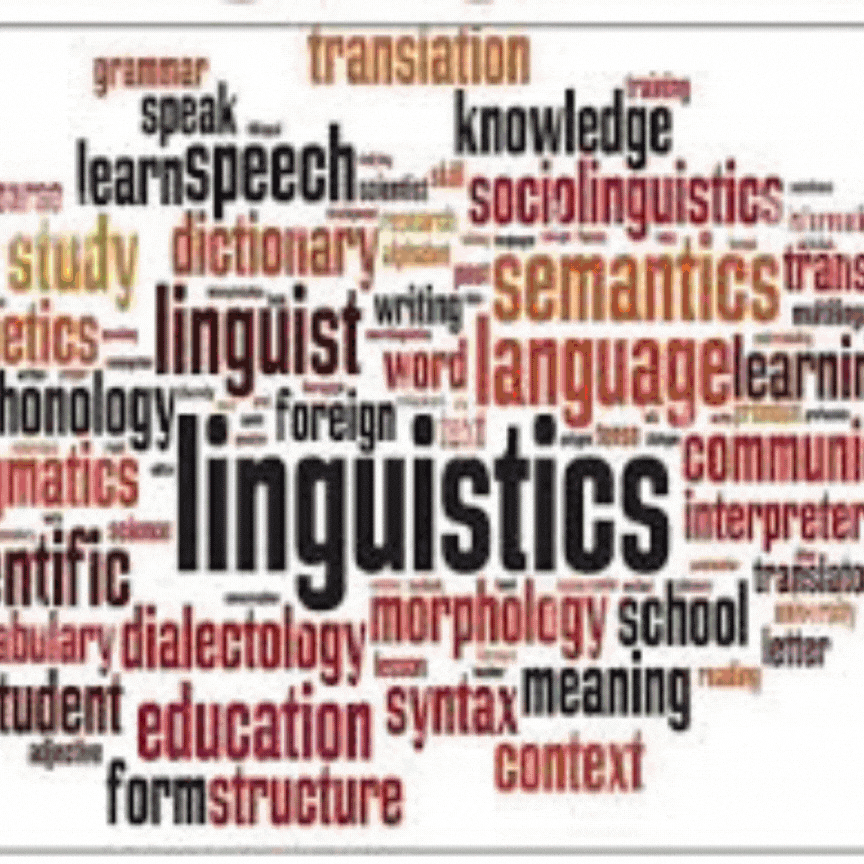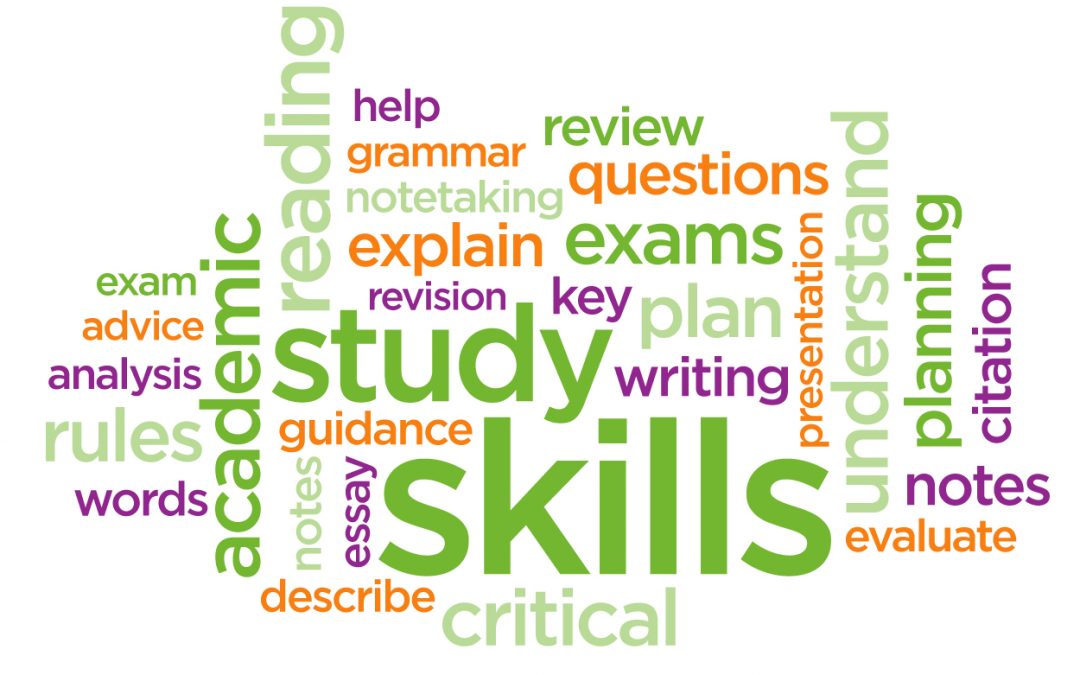
Writing is considered as the most important language skill that students need to develop. In educational settings, particularly, higher education, students are required to develop and produce writings under different forms. Additionally, most of their work is assessed based on completing a written work such as assignments, presentations, research papers and written exams. Consequently, knowing how to appropriately structure one’s ideas and put them together to generate a piece of writing is of a great importance to students. For this reason, the course written expression has been integrated as part of the university programme.
This course then aims to develop students’ writing ability. On a broader level, it offers an overview on the writing process with a particular focus on some useful strategies that help students’ produce well-structured texts. On a more detailed level, the course also presents students with an understanding of paragraph and essay development along with the general mechanics governing writing, allowing them to move from the initial stages of generating ideas to communicating them in different well-developed written forms.
This is possible through the sum of lessons presented in this course and the various activities, which all together target students’ writing skill in practical ways.
- معلم: SOUMIA BOUMAZA

This course to Linguistics and Phonetics seves to introduce students to the field of the scientific study of language by elaborating on some key concepts and theories that can help them in understanding language as a system alongside the mechanims that underlie the production of langugae sounds. By the end of the course, students are supposed to build sufficient knowledge that allows them to analyze linguistic structures, distinguish between different levels of language analysis (phonetics, phonology, morphology, syntax, and semantics), and apply phonetic transcription to represent speech sounds accurately.
- معلم: ilyes gouider

The Reading and Text Analysis module is designed to help students strengthen their reading skills through a structured paragraph organization and development approach. The course begins by exploring paragraph structure, focusing on key elements such as topic sentences, supporting details, and concluding sentences, with plenty of hands-on practice along the way. Students will learn how to develop their ideas clearly and effectively, while gaining a deeper understanding of different paragraph types—including descriptive, narrative, opinion, and compare-and-contrast writing.
Each type of paragraph introduces specific writing techniques. For example, descriptive writing emphasizes the use of adjectives and prepositions, while narrative paragraphs focus on storytelling elements. Opinion writing covers modal verbs and cause-and-effect connectors, and compare/contrast writing introduces comparative structures and transitional phrases that highlight similarities and differences.
The course also places strong emphasis on cohesion and coherence, teaching students how to ensure their ideas flow smoothly from one sentence to the next, which is key to effective writing. Through examples and practical exercises, students will build the skills needed to analyze and interpret a wide range of texts. Overall, the module supports both comprehension and critical engagement, offering a well-rounded approach for anyone looking to improve their reading and text analysis abilities.
Learning Objectives
The Reading and Text Analysis course aims to:
- Develop students' skills to identify and analyze the organization of paragraphs.
- Develop students' ability to read and understand a variety of texts.
- Teach Students how to recognize and apply principles of cohesion and coherence
- معلم: KHAWLA LOUNIS




